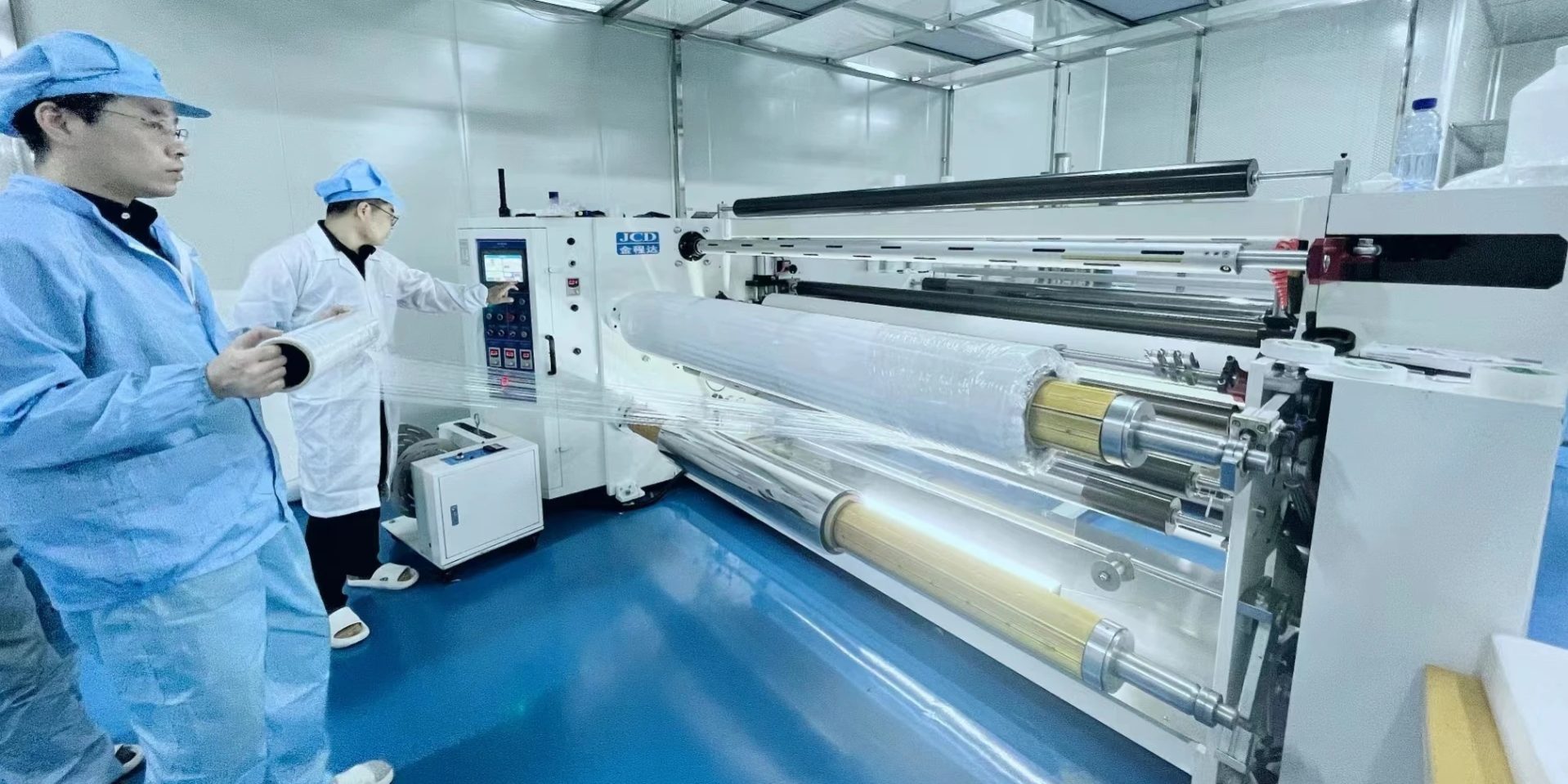PDLC (Polymer Dispersed Liquid Crystal) and SPD (Suspended Particle Device) smart glass are two popular technologies used in switchable glass applications.Both allow glass to change from transparent to opaque, but they operate on different principles and have distinct characteristics. Here’s a comparison:
Working Principle:
PDLC Smart Glass:
Contains liquid crystal molecules dispersed in a polymer matrix.
When no voltage is applied, the liquid crystals are randomly oriented, scattering light and making the glass opaque.
When voltage is applied, the liquid crystals align, allowing light to pass through and making the glass transparent.
SPD Smart Glass:
Contains suspended particles (usually microscopic rod-like particles) in a film or fluid.
When no voltage is applied, the particles are randomly oriented, blocking light and making the glass dark or opaque.
When voltage is applied, the particles align, allowing light to pass through and making the glass transparent.
Transparency and Opacity:
PDLC Film :
Transparent state: Milky or slightly hazy due to the polymer matrix.
Opaque state: Frosted or translucent, providing privacy but not complete blackout.
SPD Film:
Transparent state: Clear and nearly colorless, offering better clarity than PDLC.
Opaque state: Can achieve near-total blackout, making it darker than PDLC.
Control Over Light and Heat:
PDLC Film:
Primarily controls privacy by switching between transparent and opaque states.
Does not significantly block UV or infrared (IR) light, so it has limited heat control.
SPD Film:
Provides better control over light and heat.
Can block a significant amount of UV and IR light, improving energy efficiency by reducing heat transfer.
Power Consumption:
PDLC Film:
Requires continuous power to maintain transparency.
Consumes more power compared to SPD.
SPD:
Requires power only to switch states (transparent to opaque or vice versa).
Maintains its state (transparent or opaque) without continuous power, making it more energy-efficient.
Cost
PDLC Film :
Generally more affordable than SPD.
Widely used in cost-sensitive applications
SPD Film:
More expensive due to its advanced technology and superior performance in light and heat control.
Applications:
PDLC film and PDLC glass:
Privacy windows (e.g., office partitions, bathroom windows).
Projection screens.
Decorative glass.
SPD Smart Glass:
High-end architectural windows (e.g., skylights, facades).
Automotive sunroofs and windows.
Energy-efficient building solutions.
Durability and Lifespan
PDLC:
Durable but may degrade over time with prolonged exposure to UV light.
Lifespan typically ranges from 20,000 to 50,000 hours.
SPD:
More durable and resistant to UV degradation.
Longer lifespan compared to PDLC.
Summary Table:
| Feature | PDLC Smart Glass | SPD Smart Glass |
|---|---|---|
| Transparency | Milky or hazy in transparent state | Clear and nearly colorless |
| Opacity | Frosted or translucent | Near-total blackout |
| Light/Heat Control | Limited UV/IR blocking | Excellent UV/IR blocking |
| Power Consumption | Continuous power required | Power only needed to switch states |
| Response Time | Faster (milliseconds to seconds) | Slower (a few seconds) |
| Cost | More affordable | More expensive |
| Applications | Privacy windows, projection screens | High-end architectural, automotive |
| Lifespan | 20,000–50,000 hours | Longer than PDLC |





